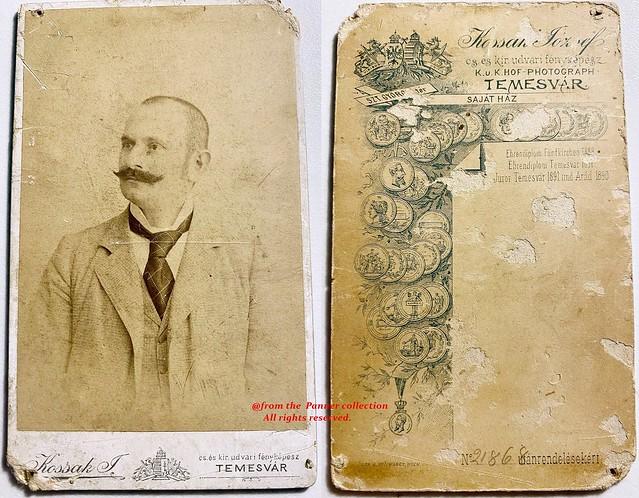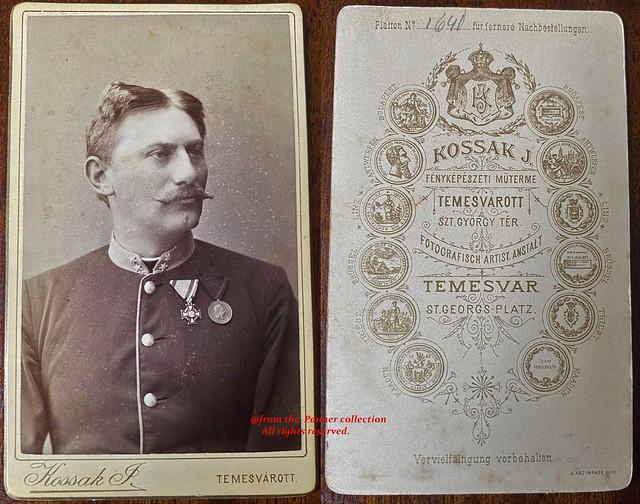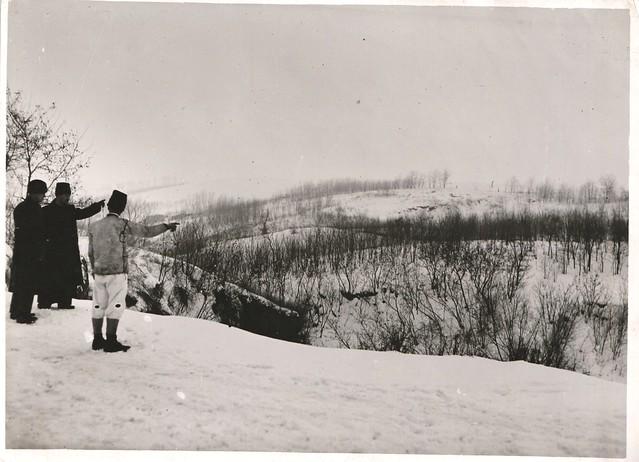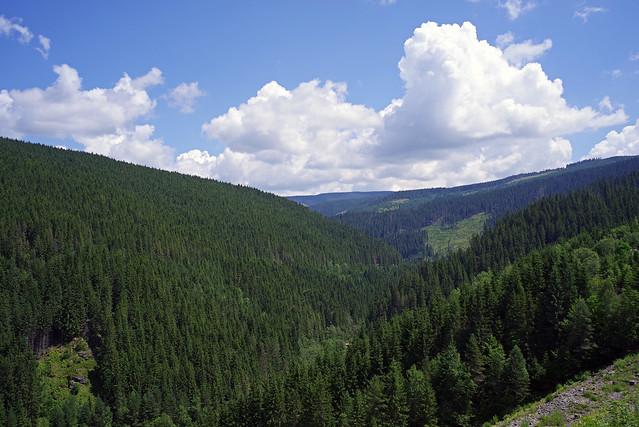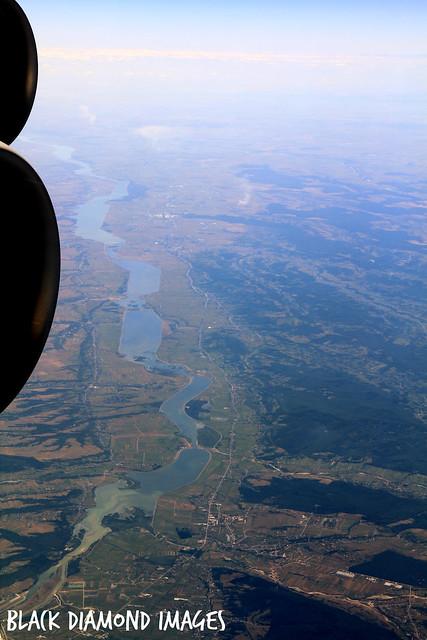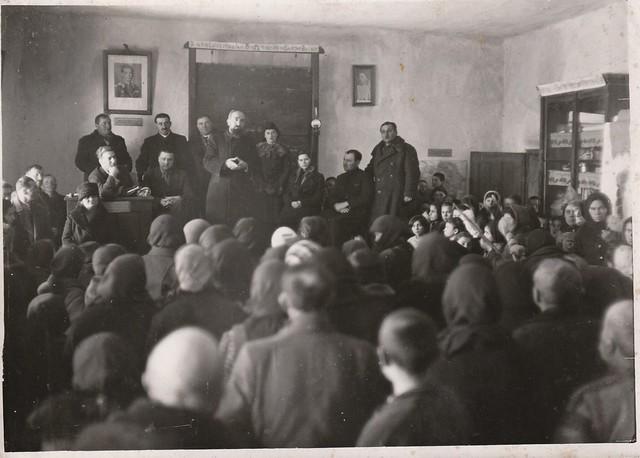Arad County
Overview
Overview of Arad County
Arad County, located in the western part of Romania near the Hungarian border, offers a vibrant mix of cultural heritage and natural beauty. This region is known for its rich history, which is reflected in its diverse architecture ranging from baroque buildings and neoclassical palaces to modernist designs. The county's capital, Arad, serves as a cultural hub with numerous museums, theaters, and a philharmonic orchestra, making it a lively center for arts and culture. Additionally, the Mureș River adds a picturesque element to the landscape, enhancing the county's appeal with its scenic riverbanks and opportunities for outdoor leisure activities.
Tourism High Season and Activities
The high season for tourism in Arad County is during the late spring to early autumn months, particularly from May to September. During this period, the weather is generally warm and pleasant, with average temperatures ranging from 20°C to 30°C, making it ideal for exploring and participating in outdoor activities. Visitors can enjoy hiking in the Zarandului Mountains, taking leisurely walks along the Mureș River, or exploring the vineyards in the Miniș-Măderat wine region. Cultural festivals, such as the Arad Days celebration in September, offer a chance to experience local traditions, music, and cuisine.
Preparation for Visiting Arad County
Before traveling to Arad County, it's important for visitors to prepare adequately to ensure a smooth and enjoyable experience. Essential preparations include checking visa requirements, as travelers from outside the EU may need a visa to enter Romania. It is advisable to have travel insurance that covers medical expenses and any unexpected incidents. Learning a few basic phrases in Romanian can be incredibly helpful, as it enhances interaction with locals and enriches the travel experience. Lastly, packing should be appropriate for the season, with comfortable footwear for walking and exploring, and a mix of light clothing for the day and warmer layers for cooler evenings.
How It Becomes to This
History not available

You May Like
Explore other interesting states in Romania
Discover More Area
Delve into more destinations within this state and uncover hidden gems.


